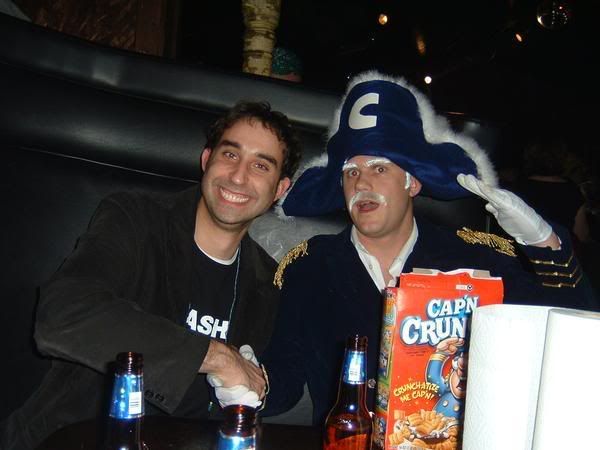The Branding of the Toronto Blue Jays
 The Toronto Blue Jays have competed in Major League Baseball for 30 years (winning two World Championships) and they have undergone four logo changes in their brief history.
The Toronto Blue Jays have competed in Major League Baseball for 30 years (winning two World Championships) and they have undergone four logo changes in their brief history.In contrast, the team's main rivals, the New York Yankees and Boston Red Sox, recent World Series winners, have maintained their current look for more than 50 years.
So in 2003, the Blue Jays unveiled a new logo and color scheme. The logo is a styled Blue Jay extending to the left from the word Jays working from a color palette of blue, metallic silver and metallic graphite---a departure from the teams more conservative designs.

During the Blue Jays logo and uniform unveiling in September 2003, General Manager J.P. Ricciardi said the change would attract younger fans to support the team through merchandise sales.
"When you're in a market like ours, it's important to take advantage of a lot of the young kids that buy this stuff. The Blue Jays have only been around for 26 years -- we're not like the Yankees or Red Sox. This is something we have to delve in to get people interested in our look."
Canadian residents including myself were peeved the team and its creative consultants chose to drop the distinctive Maple Leaf from the emblem of Canada's only remaining Major League team. The team countered the new logo sought to connect with its community.
"We wanted the brand to stand more on its own," said Lisa Novak, the Blue Jays' senior vice president of business affairs. "People know we're a Canadian club. We want to appeal to our fans from western New York, and we no longer wanted to be thought of exclusively Canadian."



